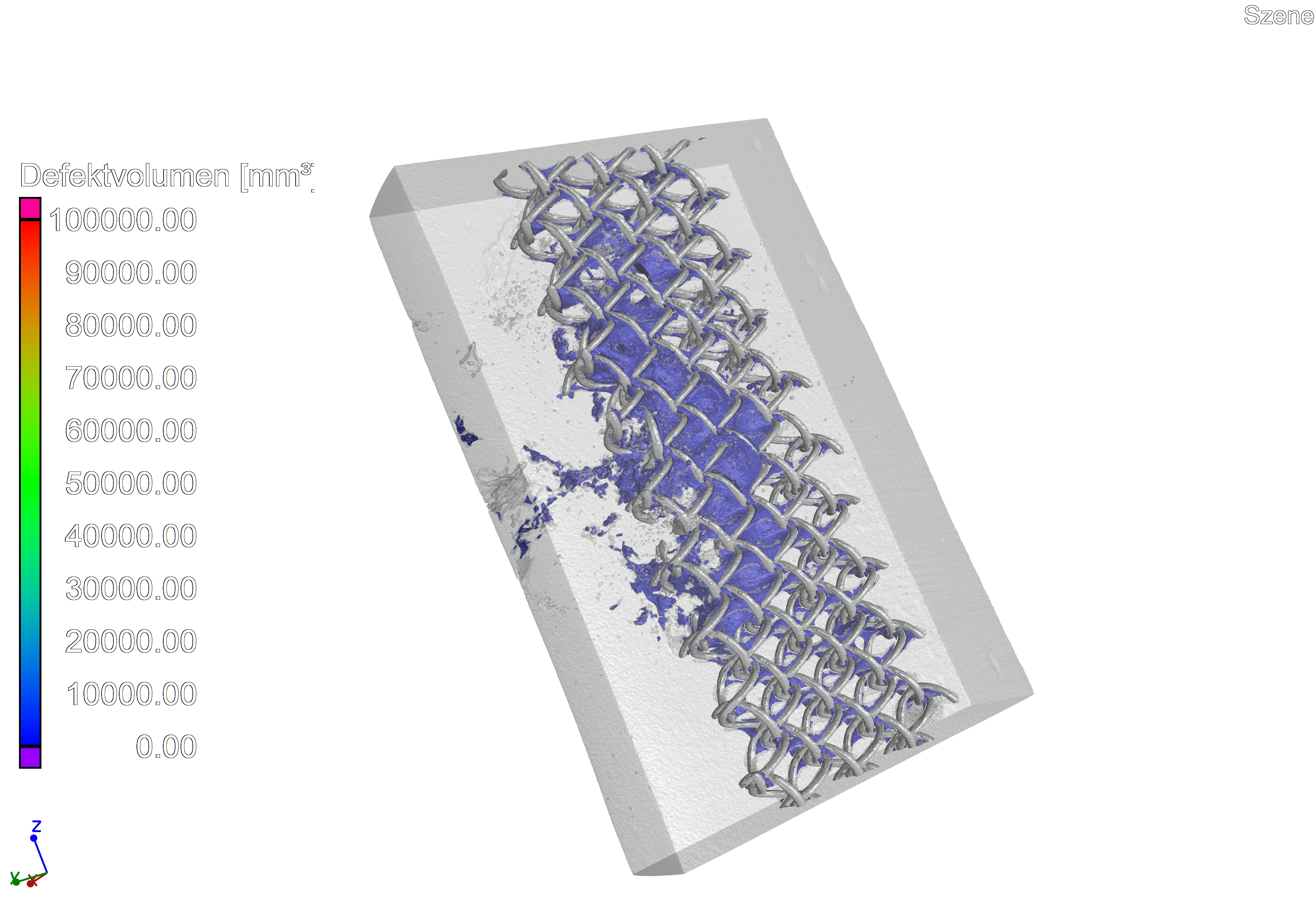Lightweight construction is increasingly using cutting-edge hybrid designs made of fiber-reinforced composites and lightweight metals, which combine the advantages of both material groups in the hybrid material. The joints are realized using state-of-the-art gluing or riveting techniques. Over the past few years, Fraunhofer IFAM has developed a new kind of joining technology for various diecast hybrid joint types. For the safe use of the hybrid cast components, three Fraunhofer Institutes are now collaborating to research testing concepts. In this way, they want to pave the way for industrial-scale production.
The combination of diecast alloys and fiber materials or wires opens up new possibilities for components with lightweight designs, demand for which is increasing in a wide variety of sectors – the automotive and aerospace industries in particular. Before now, however, a technique has been lacking that would permit the nondestructive monitoring of such hybrid components, which is a precondition for industrial implementation. And so in the HyQuality – Hybrid Cast Manufacturing With Standardized Quality Assurance project, the Fraunhofer Institutes IIS/EZRT, IZFP and IFAM are contributing their respective expertise to jointly develop suitable methods for this purpose. The goal is to devise a nondestructive inline testing system that renders all fault types in hybrid components visible and thus testable.
